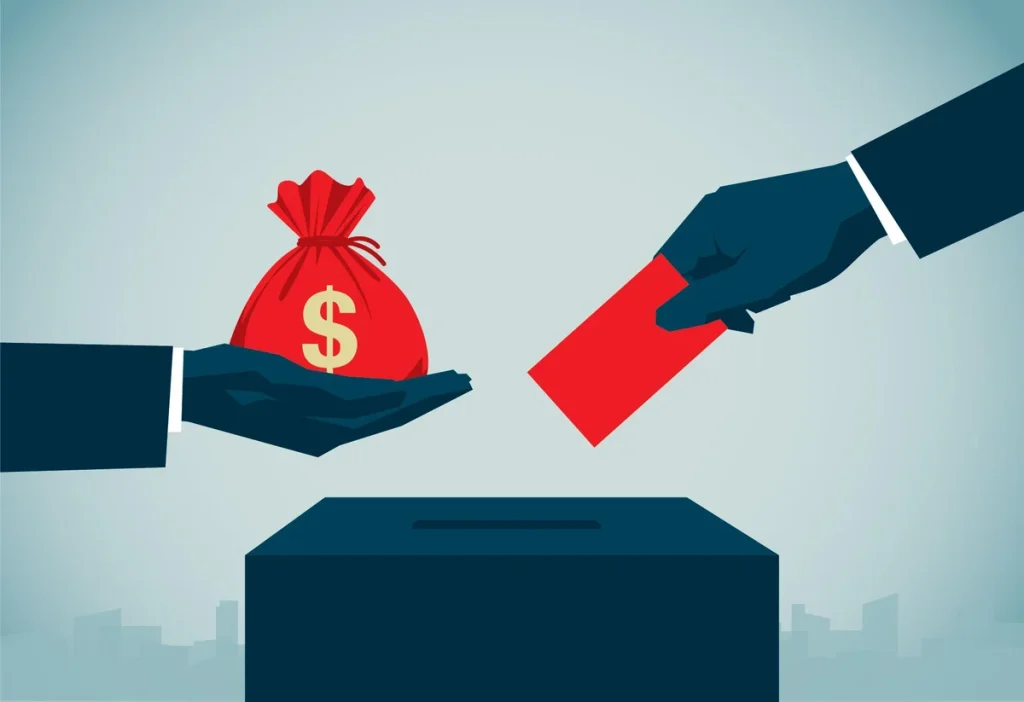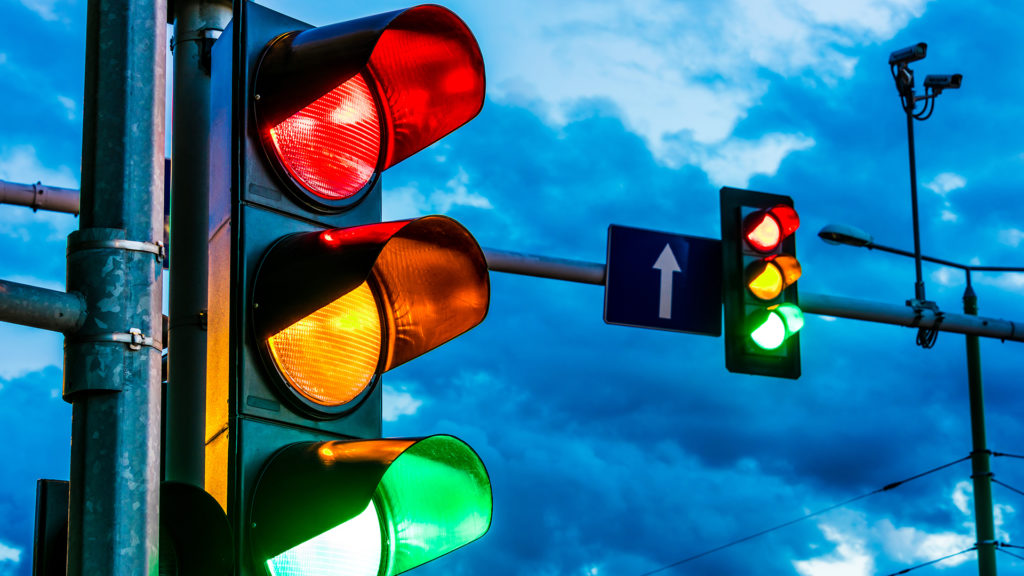Thinking Out Loud: Across-the-board State Sponsorship of Political Parties
Political parties rely heavily on financial assistance to sustain their activities. This has led to a situation where financiers of a party can unduly influence the outcome of elections and the policies of political parties. The question we ponder over is whether the state should sponsor political parties or whether the state should not sponsor political parties. There are arguments for and against this practice. Those who argue in favour of state sponsorship of political parties say that this is necessary to ensure that all parties have access to the resources they need to participate in the political process. They also argue that state sponsorship helps to ensure that parties are accountable to the electorate and are not unduly influenced by private interests. Those who argue against state sponsorship of political parties say that this practice leads to undue influence by the state over the political process. They also argue that state sponsorship of political parties is unnecessary and that private donations should be used to finance party activities. (Adra, 2022) The question of whether the state should sponsor political parties is a complex one. There are valid arguments for and against this practice. Ultimately, the decision must be made case-by-case, considering each country’s specific circumstances. What are the benefits of state sponsorship of political parties? State sponsorship of political parties has several potential benefits: Thus, state sponsorship of political parties can play an essential role in ensuring that parties can function effectively and democratically. While some risks are associated with state sponsorship, such as the possibility that parties may become excessively dependent on state support, these risks can be minimized through careful regulation and oversight. (Onyinkwa, 2017) Overall, state sponsorship of political parties can positively influence democracy and good governance. How can state sponsorship curb the monetary syndrome in our politics There are several ways in which state sponsorship can help to curb the monetary syndrome in our politics. One way is by providing financial support to political parties and candidates who espouse sound economic policies. Countries need to fairly back candidates who espouse sound policies now more than ever. This will help to ensure that these parties and candidates can compete effectively against those who advocate for unsound economic policies. Another way state sponsorship can help curb the monetary syndrome in our politics is by providing educational resources to the public on sound economic policies. This will help to ensure that voters are informed about the implications of different economic policies and can make more informed choices when voting for political candidates. Still another way state sponsorship can help curb the monetary syndrome in our politics is by working with the private sector to promote and explain sound economic policies. This can involve, for example, providing tax incentives or other forms of financial support to businesses that adopt sound economic policies. So state sponsorship can play a vital role in curbing the monetary syndrome in our politics. By promoting sound economic policies, state sponsors can help ensure our politics is more stable and prosperous. The pros and cons of state sponsorship of political parties There is no one answer to whether or not states should sponsor political parties. The pros and cons of state sponsorship of political parties depend on the specific context in which the question is asked. Some arguments in favour of state sponsorship of political parties are that it can help to ensure more stable governments, promote democracy, and provide a check on the power of special interests. Some arguments against state sponsorship of political parties are that it can lead to corruption and cronyism, entrench incumbents, and undermine competition. Ultimately, whether or not states should sponsor political parties is a decision that must be made on a case-by-case basis. Arguments in favour of state sponsorship of political parties typically centre around the idea that it can help to ensure more stable governments. In countries with weak or fragmented political parties, state sponsorship can help to provide the resources and organization necessary for these parties to be viable contenders in elections. This, in turn, can lead to more democratic and representative governments. Moreover, state sponsorship of political parties can help to check the power of special interests. In many countries, it is common for special interest groups (such as businesses or religious organizations) to sponsor particular political parties. This can give these groups undue influence over government policy. State sponsorship of political parties can help to level the playing field and ensure that all voices are heard. Another argument against state sponsorship of political parties is that when the state sponsors a particular political party, it can create a situation in which that party might get excessively dependent on government resources. This, in turn, can lead to corruption and favouritism as politicians seek to repay the debt they owe to their sponsors. Moreover, state sponsorship of political parties can entrench incumbents and make it difficult for new parties to emerge. In many countries, state-sponsored parties are extensions of the existing government bureaucracy. This makes it difficult for opposition parties to compete and ultimately undermines democracy. The decision of whether or not states should sponsor political parties is a complex one. There are arguments to be made both in favour and against state sponsorship. Again, ultimately, the decision must be made case-by-case, considering the specific context in which the question is being asked. Conclusion I know I’ve made some impractical points that besides in theory wouldn’t be as smooth to implement. But I’ve made some good points that can be incorporated now. For instance, the state educating the general public on what a sound economic atmosphere looks like is a great idea. Singapore is a relatively small country but has done well in ensuring its electorate is relatively much more in on the what’s and the whys of their elected officials’ decision-making. Still, there is no one answer to whether or not states should sponsor political parties. The pros and cons of state sponsorship of
Thinking Out Loud: Across-the-board State Sponsorship of Political Parties Read More »




